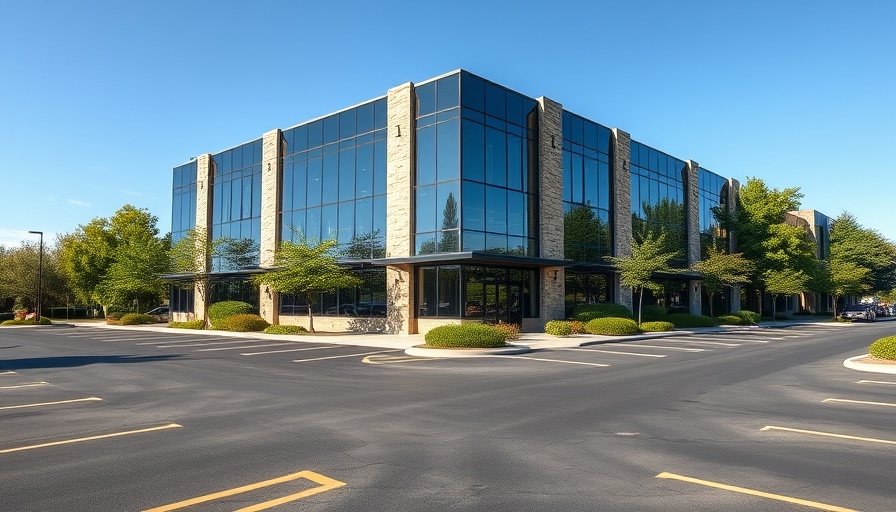
The Resilient Pulse of Commercial Real Estate Investment
Despite facing significant economic uncertainties and the pressures of rising interest rates, the commercial real estate (CRE) market is experiencing a renewed sense of activity. This apparent resilience is underscored by recent reports highlighting a surge in investment sales across various sectors, particularly in the San Francisco Bay Area. Market experts have expressed optimism that savvy investors will continue to navigate this tumultuous landscape by leveraging strategic insights and recognizing emerging opportunities.
Current Trends Shaping the CRE Landscape
In recent months, there has been a notable uptick in commercial real estate transactions, as investors adapt to evolving market dynamics. This is particularly relevant in major urban centers like San Francisco, where high vacancy rates in office spaces are driving innovative strategies. Developers and investors are pivoting toward mixed-use developments and repurposing underutilized properties to meet changing demands, highlighting the potential for profitability even amid challenging conditions.
Historical Context: The Evolution of CRE Investments
Historically, the CRE market has proved resilient in the face of economic downturns. Past crises, including the 2008 financial collapse and the COVID-19 pandemic, have shown a pattern where opportunistic investors capitalize on lower property prices. Current trends indicate that institutional investors are increasing their stake in multifamily housing and warehouses, which are perceived as adaptable assets in the current economic climate.
Challenges: Understanding the Risks Ahead
While opportunities abound, the landscape is not without its challenges. The significant rise in interest rates has created a climate of cautious optimism among investors. Notably, financing costs have escalated, leading some buyers to reconsider their purchasing strategies or delay transactions. Furthermore, ongoing discussions about potential tax reforms and regulatory changes may further impact investor sentiment. Navigating these risks requires not just an awareness of financial metrics but also an understanding of broader economic indicators that could forecast future trends.
Future Predictions: What Lies Ahead for CRE
As we look ahead, industry experts predict that technological advancements will continue to reshape the commercial real estate sector. The integration of artificial intelligence and smart building technologies is expected to enhance property management, ensuring efficiency and sustainability. Additionally, the growth of remote work may solidify demand for flexible office solutions and co-working spaces, altering traditional office dynamics and opening avenues for adaptive reuse.
Conclusion: Taking Action Amid Uncertainty
For those looking to invest in the commercial real estate landscape, now may be an opportune time to engage with market experts and explore innovative strategies that align with current trends and personal goals. Whether it's leveraging local knowledge from San Francisco news sources or networking through community platforms, the keys to successful investment often lie in actionable insights and tailored approaches. Stay informed, remain adaptable, and seize the opportunities that arise within this evolving market landscape.
 Add Row
Add Row  Add
Add 




Write A Comment